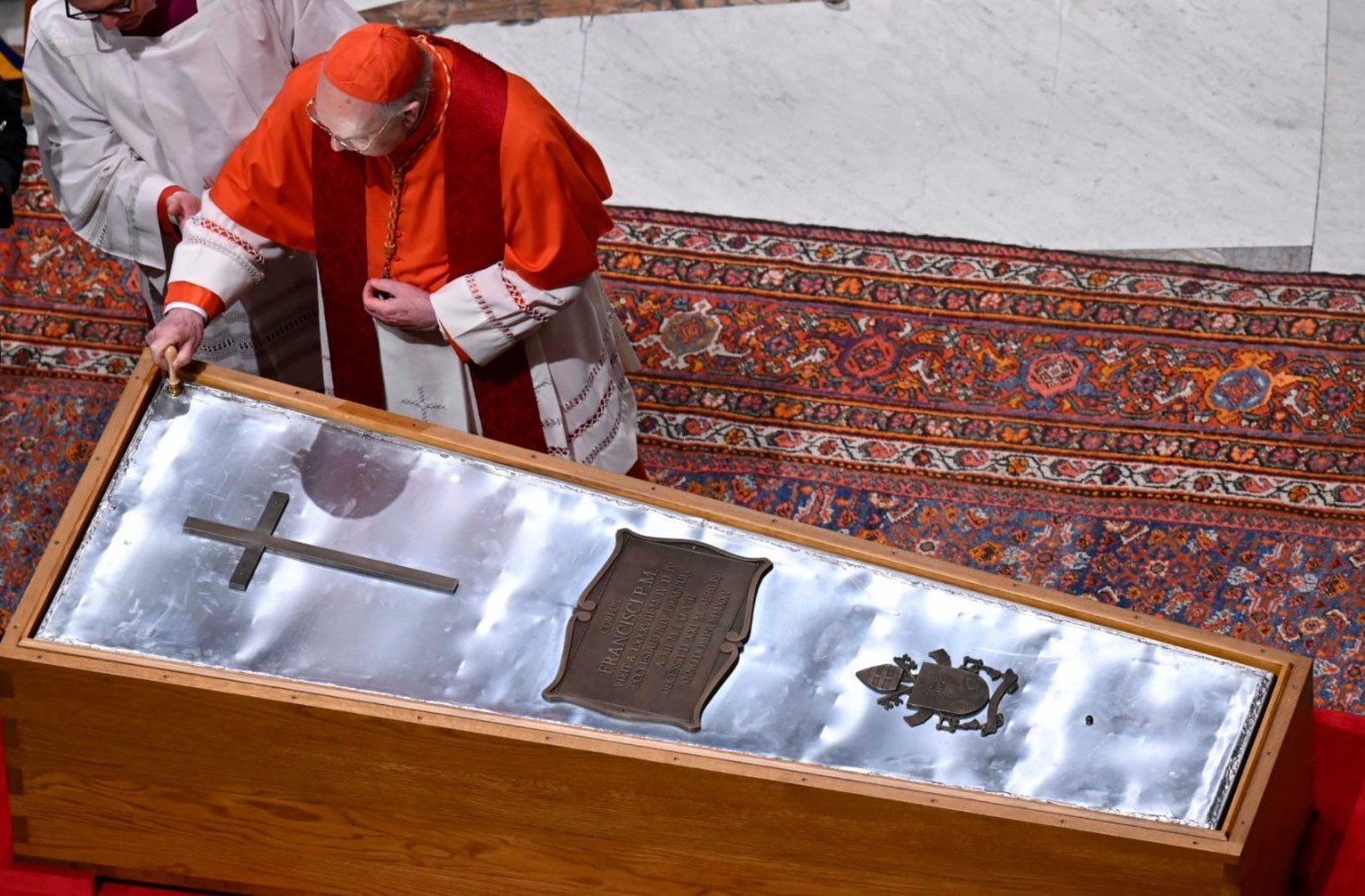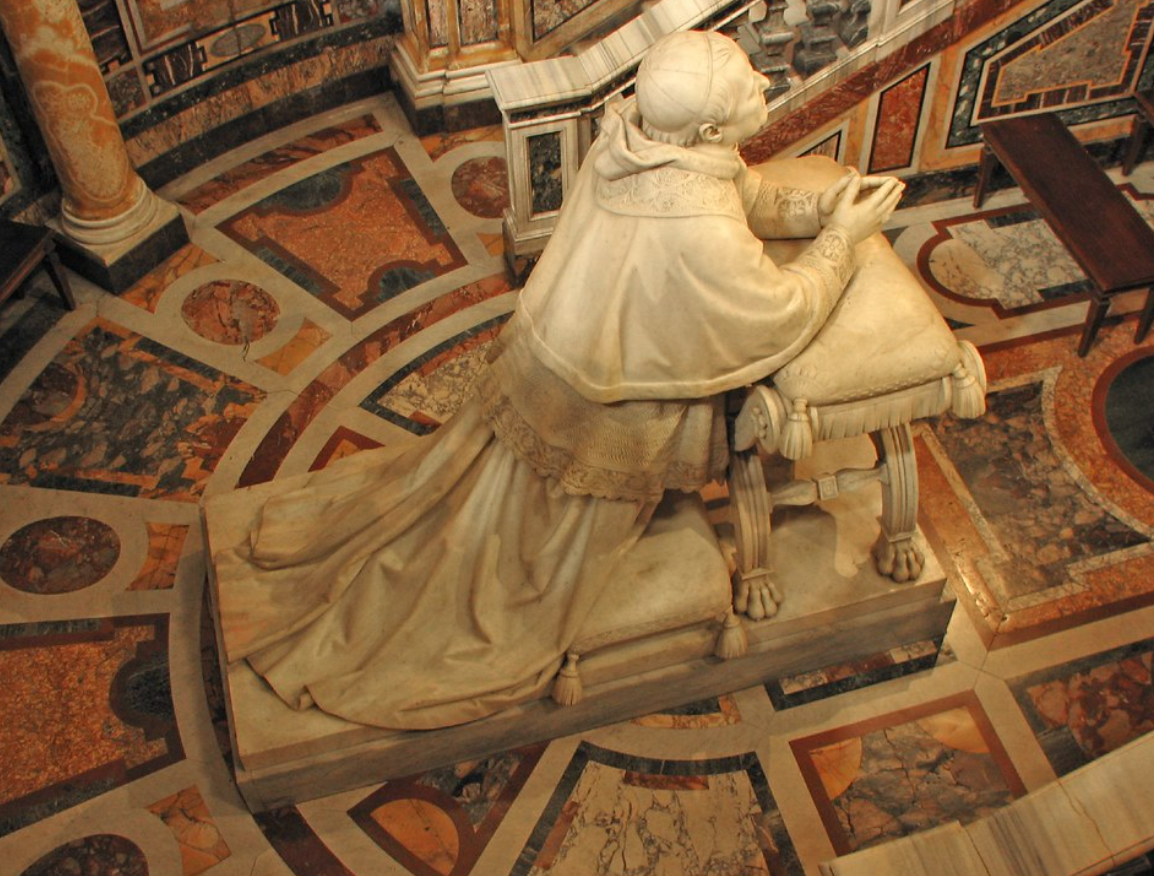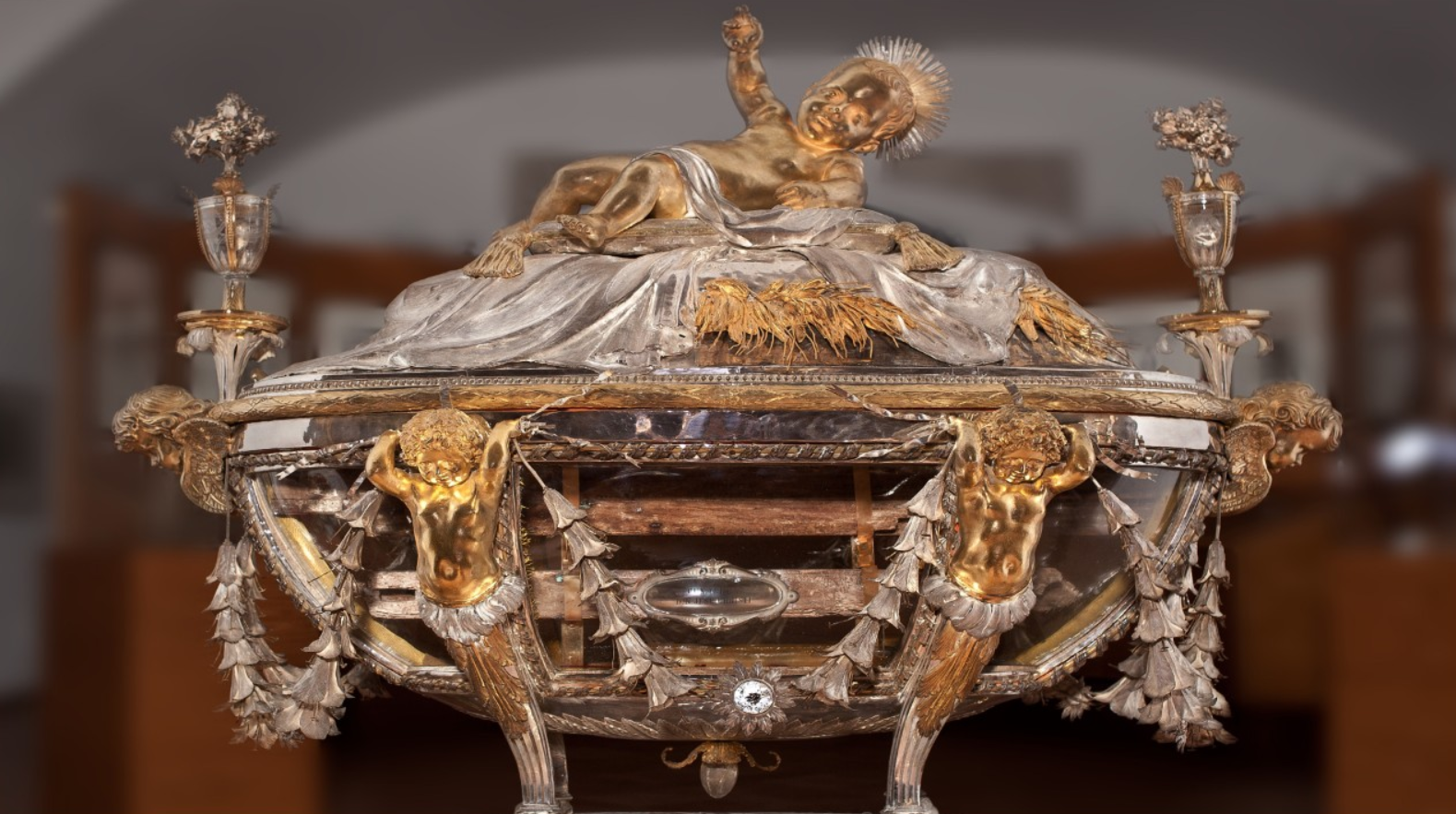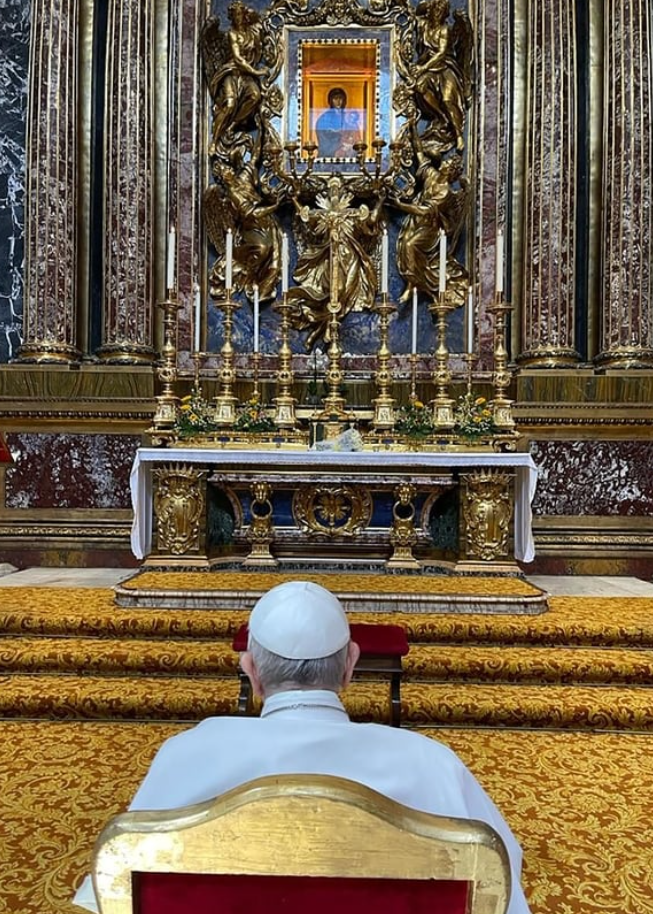Pope Francis' Final Resting Place: Santa Maria Maggiore: A Basilica of Relics, Saints, and Legends

By Rita Di Mauro
Pope Francis, known for his deep devotion to the Virgin Mary, was laid to rest at the Basilica of Saint Mary Major (Santa Maria Maggiore) in Rome — a rare and poignant choice for a papal burial. This basilica, the oldest church in the West dedicated to Mary, holds profound spiritual significance and an extraordinary treasury of relics.
Nestled in the heart of Rome, the Basilica of Saint Mary Major stands as one of the four great papal basilicas, a beacon of spirituality and history. Renowned for its awe-inspiring art, sacred relics, and as the final resting place of several popes, this basilica continues to captivate pilgrims and historians alike. With recent discussions highlighting its significance as a burial site for pontiffs, Saint Mary Major remains a profound symbol of the Church’s enduring legacy.
Throughout his papacy, Francis visited Saint Mary Major before and after every international trip, praying before the basilica’s most famous treasure: the ancient icon Salus Populi Romani, (Protectress of the Roman People) credited with miraculous interventions throughout Rome’s history.
The Legend of Its Founding

Founded in 432 AD under Pope Sixtus III, the basilica’s origins are steeped in legend. According to ancient tradition, the Virgin Mary appeared in a dream to a Roman nobleman and Pope Liberius in the 4th century, requesting a church be built where snow would fall. On August 5, during the height of the Roman summer, a miraculous snowfall blanketed the Esquiline Hill. In response, Saint Mary Major was built, also earning it the name Our Lady of the Snows.
Relics and Saints at Saint Mary Major

The basilica is rich in sacred history. Beneath the high altar lies the Sacra Culla, containing small fragments of the Holy Crib believed to be from the manger where Jesus was laid. Nearby rest relics of St. Jerome, the Church Father who translated the Bible into Latin.
The basilica also guards a relic of the True Cross, connecting it directly to the Passion of Christ.
Several great figures are buried within the basilica:
- Pope Sixtus V (1585–1590), who contributed to the basilica’s renovation, lies in the Sistine Chapel inside the church (not to be confused with the Sistine Chapel in the Vatican).
- Pope Pius V, canonized for his leadership during the Catholic Reformation, rests beneath the altar in the Sistine Chapel.
- Pope Clement VIII is also interred here.
- Pope Nicholas IV, the first Franciscan Pope.
- The great Baroque artist Gian Lorenzo Bernini is buried humbly in the basilica’s floor.
In keeping with centuries of tradition, silver ceremonial shovels — specially reserved for papal burials — are being used today, symbolizing the solemn and timeless nature of the event.
A Fitting Resting Place: Beneath the Relics of the Manger, Pope Francis is Gathered into Eternal Light.
By choosing Saint Mary Major, Pope Francis unites his legacy with deep Marian devotion, the relics of Christ’s Nativity, and the humble saints who shaped the Church’s history. In this basilica where centuries of faith, art, and miracle converge, Francis' final resting place speaks more eloquently than words to his lifelong mission: to walk closely with Christ, in the tender care of His Mother.


